Cast iron pipes are embroidered on the surface. If galvanized steel pipes and cast iron pipes are buried at the same time, the galvanized steel pipes must be rotten first.
Ductile iron pipe and steel pipe docking method
Due to the use of socket connection for ductile iron pipes, while steel pipes are generally welded, and the outer diameter and inner diameter of the two pipes are inconsistent, special methods are required for connection operations. Currently, there are two commonly used methods:
(1) Flange connection
This method is a universal connection method. The principle of this method is that both ductile iron pipes and steel pipes are converted to flange interfaces to achieve standard docking.
Ductile iron pipes have two standard pipe fittings, namely, short pipes with disc sockets and short pipes with disc plugs.
The socket or socket of the pipe fitting can be connected to a normal Yajie pipeline, so that the pipeline is converted to a flange interface, and it only needs to be connected to the corresponding steel flange.
The characteristics of this method are that the connection method is relatively universal, and the flange is made as a standard part to ensure the stability of the connection. It should be noted that the flanges of both parties must not only have the same nominal value, but also the same PN value before they can be connected.
The disadvantage of flange connection is that if it is buried directly, the risk of bolt corrosion is greater, and problems such as interface leakage may occur in the future. Some design specifications also require that bolts cannot be buried directly. In addition, since flange connection uses bolts to tighten to ensure the sealing effect, the influence of manual operation is greater.
(2) Socket connection
The method of socket connection is to ensure that the connection position is the socket for the ductile iron pipe (if not, use a double socket sleeve to convert the socket end to the socket end), and weld an additional layer of steel plate on the outer diameter of the socket end of the steel pipe to ensure that the outer diameter of the steel pipe is the same as the outer diameter of the ductile iron pipe. Then insert the steel pipe into the socket of the ductile iron pipe for installation.
The advantage of socket connection is that there is no risk of corrosion caused by bolts buried underground. However, for large-diameter pipelines, the wall thickness of the steel pipe is thinner, and when the steel pipe extends from the well chamber, the radial deformation of the steel pipe may be too large due to the well chamber settlement, thereby There is a risk of interface leakage.






 English
English Español
Español بالعربية
بالعربية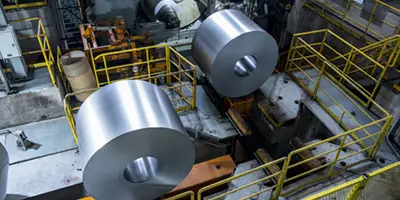

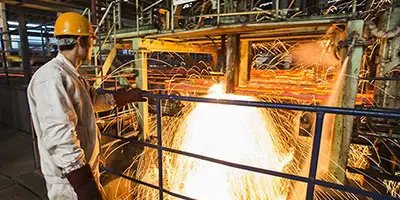
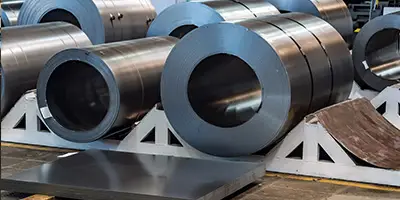

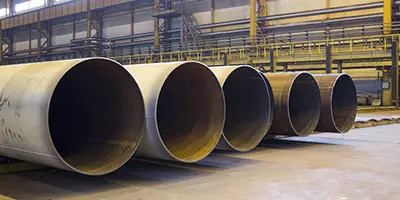

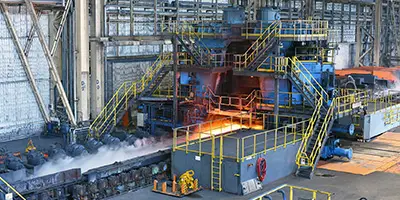
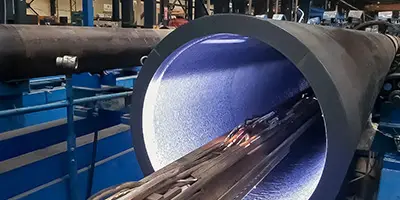
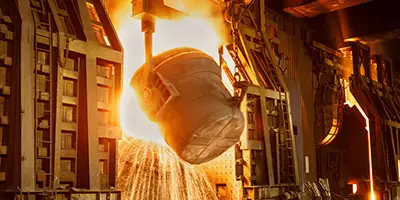

 Phone :
Phone :  Whatsapp :
Whatsapp :  Email :
Email : 


